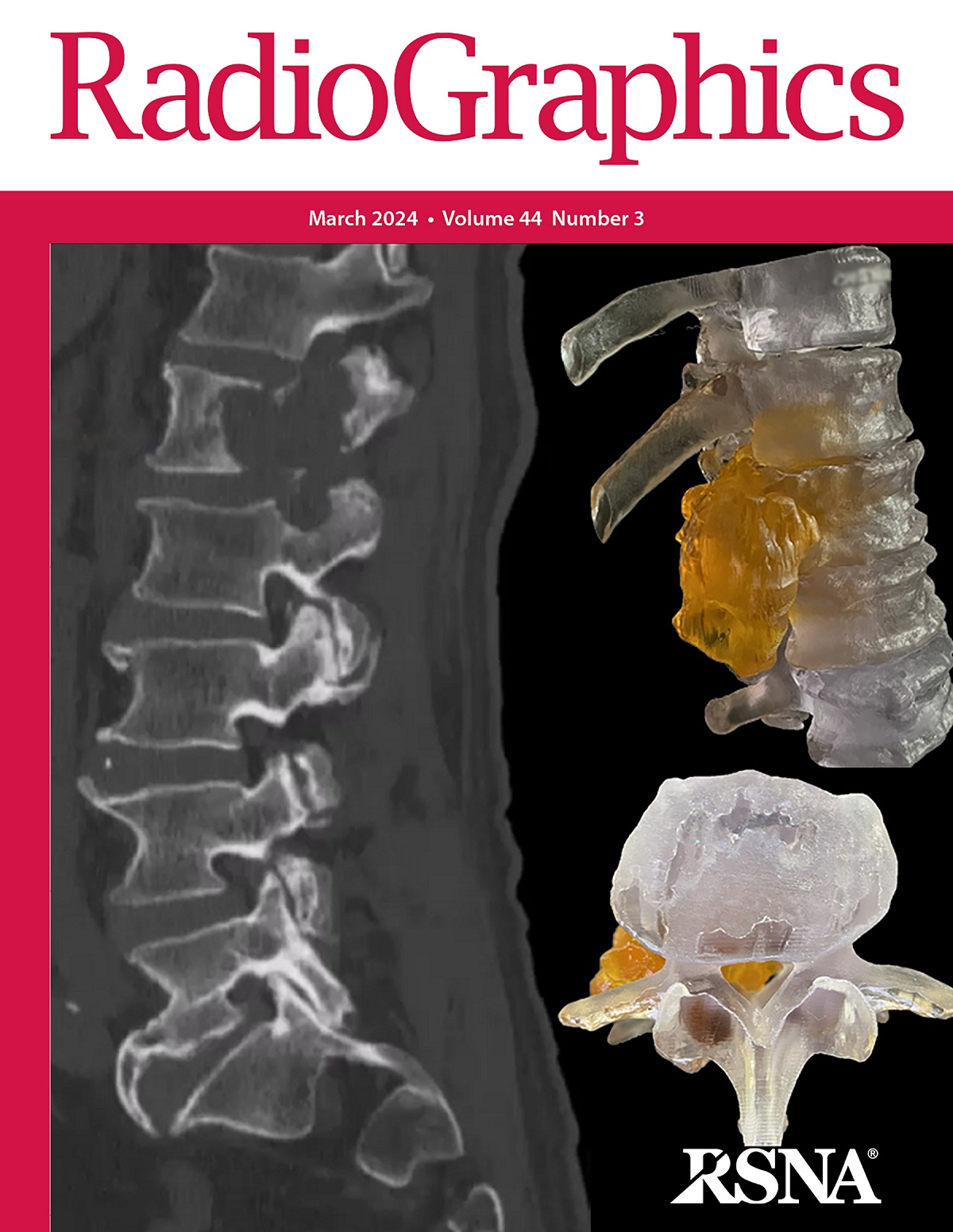求助PDF
{"title":"Imaging the Male Breast: Gynecomastia, Male Breast Cancer, and Beyond.","authors":"Jaimee Mannix, Heather Duke, Abdullah Almajnooni, Martin Ongkeko","doi":"10.1148/rg.230181","DOIUrl":null,"url":null,"abstract":"<p><p>The number of men undergoing breast imaging has increased in recent years, according to some reports. Most male breast concerns are related to benign causes, most commonly gynecomastia. The range of abnormalities typically encountered in the male breast is less broad than that encountered in women, given that lobule formation rarely occurs in men. Other benign causes of male breast palpable abnormalities with characteristic imaging findings include lipomas, sebaceous or epidermal inclusion cysts, and intramammary lymph nodes. Male breast cancer (MBC) is rare, representing up to 1% of breast cancer cases, but some data indicate that its incidence is increasing. MBC demonstrates some clinical features that overlap with those of gynecomastia, including a propensity for the subareolar breast. Men with breast cancer tend to present at a later stage than do women. MBC typically has similar imaging features to those of female breast cancer, often characterized by an irregular mass that may have associated calcifications. Occasionally, however, MBC has a benign-appearing imaging phenotype, with an oval shape and circumscribed margins, and therefore most solid breast masses in men require tissue diagnosis. Histopathologic evaluation may alternatively reveal other benign breast masses found in men, including papillomas, myofibroblastomas, and hemangiomas. Radiologists must be familiar with the breadth of male breast abnormalities to meet the rising challenge of caring for these patients. <sup>©</sup>RSNA, 2024 Supplemental material is available for this article.</p>","PeriodicalId":54512,"journal":{"name":"Radiographics","volume":"44 6","pages":"e230181"},"PeriodicalIF":5.5000,"publicationDate":"2024-06-01","publicationTypes":"Journal Article","fieldsOfStudy":null,"isOpenAccess":false,"openAccessPdf":"","citationCount":"0","resultStr":null,"platform":"Semanticscholar","paperid":null,"PeriodicalName":"Radiographics","FirstCategoryId":"3","ListUrlMain":"https://doi.org/10.1148/rg.230181","RegionNum":1,"RegionCategory":"医学","ArticlePicture":[],"TitleCN":null,"AbstractTextCN":null,"PMCID":null,"EPubDate":"","PubModel":"","JCR":"Q1","JCRName":"RADIOLOGY, NUCLEAR MEDICINE & MEDICAL IMAGING","Score":null,"Total":0}
引用次数: 0
引用
批量引用
Abstract
The number of men undergoing breast imaging has increased in recent years, according to some reports. Most male breast concerns are related to benign causes, most commonly gynecomastia. The range of abnormalities typically encountered in the male breast is less broad than that encountered in women, given that lobule formation rarely occurs in men. Other benign causes of male breast palpable abnormalities with characteristic imaging findings include lipomas, sebaceous or epidermal inclusion cysts, and intramammary lymph nodes. Male breast cancer (MBC) is rare, representing up to 1% of breast cancer cases, but some data indicate that its incidence is increasing. MBC demonstrates some clinical features that overlap with those of gynecomastia, including a propensity for the subareolar breast. Men with breast cancer tend to present at a later stage than do women. MBC typically has similar imaging features to those of female breast cancer, often characterized by an irregular mass that may have associated calcifications. Occasionally, however, MBC has a benign-appearing imaging phenotype, with an oval shape and circumscribed margins, and therefore most solid breast masses in men require tissue diagnosis. Histopathologic evaluation may alternatively reveal other benign breast masses found in men, including papillomas, myofibroblastomas, and hemangiomas. Radiologists must be familiar with the breadth of male breast abnormalities to meet the rising challenge of caring for these patients. © RSNA, 2024 Supplemental material is available for this article.


